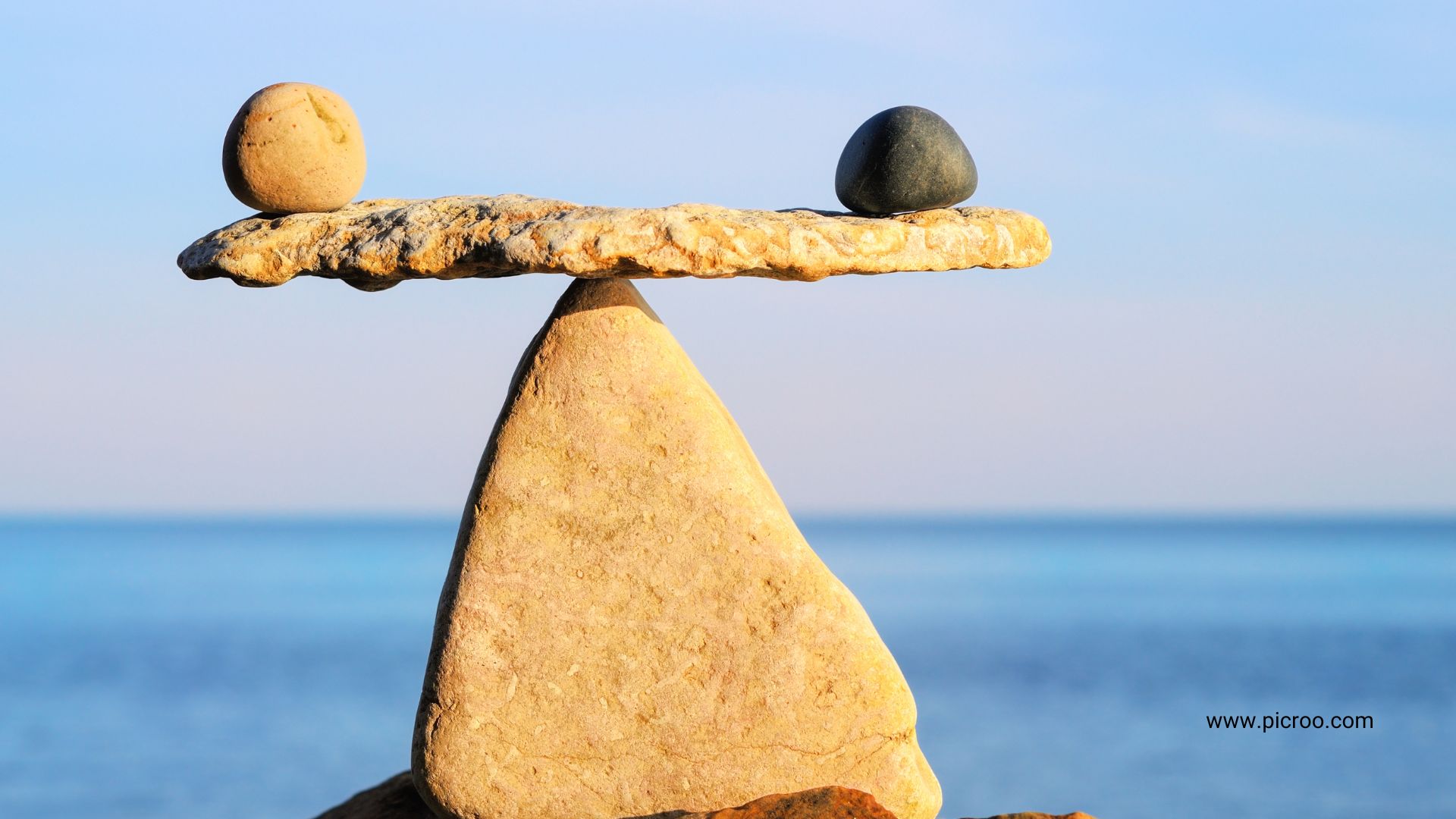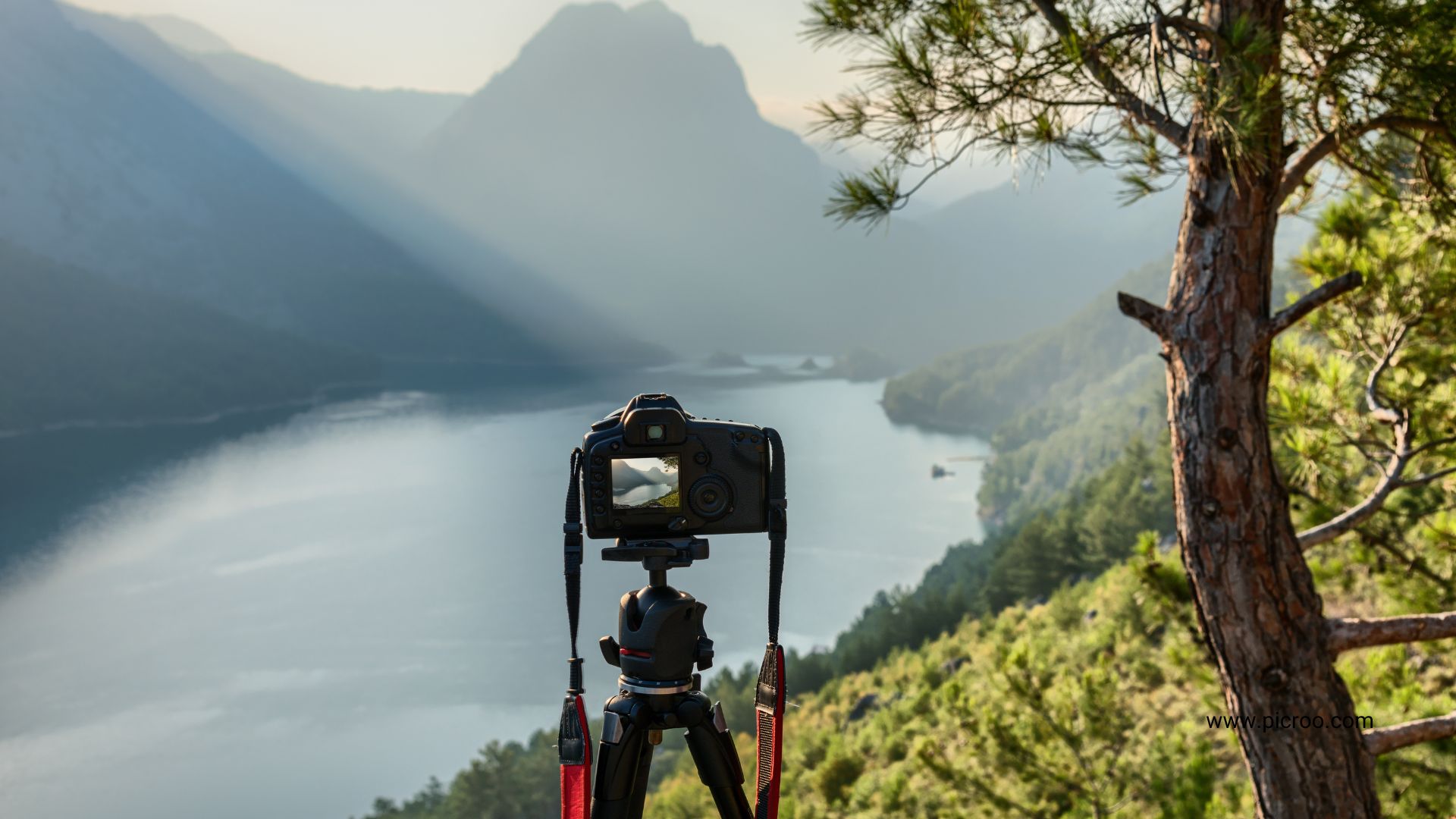
MINIMALIST PHOTOGRAPHY
Mastering Minimal Photography: Capturing Beauty in Simplicity Introduction: Exploring the Art of Minimal Photography minimalist photography, minimalistic photos, simplicity in photography
Description
- The Key Elements of Minimal PhotographyComposition: Creating Balance and Harmony in Your Minimalist ShotsMinimal photography thrives on establishing a sense of balance and tranquility. The arrangement of subjects, the interaction of forms, and the overall spatial organization are critical in achieving a harmonious minimalist composition.Negative Space: Utilizing Empty Spaces to Draw Attention to Your SubjectNegative space is a powerful element in minimalist photography. It offers breathing room for the subject, creating a focal point that draws the viewer’s attention by emphasizing the isolation and significance of subjects.Clean Lines and Shapes: Emphasizing Geometric Patterns and SymmetryThe use of clean, crisp lines and distinct shapes is essential to crafting a minimalist aesthetic. These elements help in creating images that celebrate geometric patterns and symmetrical balance.Muted Color Palette: Choosing a Limited Color Scheme for a Serene and Minimalist LookA muted color palette often characterizes minimalist photography, thereby evoking calmness and a sense of peace. Selecting a limited range of subdued tones can create a serene visual experience and keep the focus on the simplicity of the subject.Tips for Achieving Stunning Minimalist Shots
- Simplify Your Scene: A fundamental tip for minimalist photography is to declutter the scene. This means focusing on the essential elements and removing all distractions.
- Pick the Right Location: Scouting for locations that naturally embody minimalism can significantly contribute to achieving simplicity in your shots.
- Paying Attention to Light: Natural light is a crucial factor; it can be employed creatively to enhance the mood and visual impact of minimalist photographs.
- Create Visual Interest: While minimalist, it’s essential to maintain a viewer’s interest by experimenting with angles, textures, and reflections.
Inspiration from Master Photographers in the Minimalism Genre- Michael Kenna: Known for his ethereal landscapes, Kenna demonstrates how minimalism can evoke profound depth and emotion.
- Hiroshi Sugimoto: His work exemplifies the powerful essence of time and space captured through minimalist black and white photographs.
- Fan Ho: His images of urban life through a minimalist lens document beauty in simplicity, emphasizing the less is more philosophy.
Editing Techniques to Enhance Minimalist Photographs- Simplify the Composition: Post-processing can be used to strip away any remaining distractions and refine the photo’s minimalist essence.
- Adjusting Contrast: High contrast can help emphasize the key elements of minimalist photography, like clean lines and shapes.
- Muted Tones: Desaturating colors and opting for a muted tone palette during editing can further enhance the tranquil and simplistic nature of minimalist photographs.
Conclusion: Embrace Simplicity - Start Your Journey into Minimal Photography Today!Minimalist photography calls for a stripped-down approach to composition, paying close attention to the influential roles played by negative space, light, lines, shapes, and color. By examining the work of master photographers and using editing to refine the essentials, anyone can venture into the rewarding realm of minimal photography with confidence.




